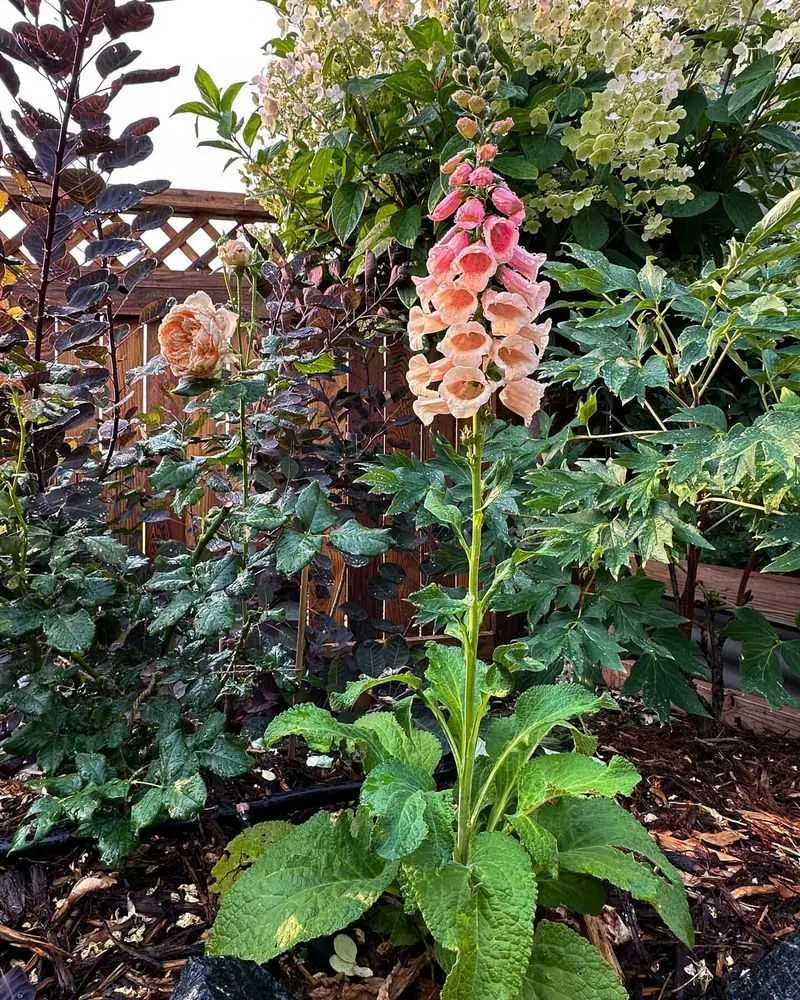Gardens can be beautiful sanctuaries, but lurking among the blossoms and foliage might be plants that pose a hidden danger. While many garden plants are harmless, some can be toxic if touched or ingested.
It’s important to recognize these hazardous plants to protect yourself, your children, and your pets. Below, we’ve highlighted nine poisonous plants that might be growing in your garden without you even knowing.
Educating yourself about these plants is the first step in ensuring a safe and enjoyable garden environment.
Oleander

Despite its picturesque blooms, oleander can be highly toxic. Consuming any part of this plant can lead to nausea, vomiting, and even heart issues.
The plant contains compounds that disrupt the sodium-potassium balance in the heart, leading to severe complications. Because it’s evergreen and withstands drought, many gardeners plant it without realizing its dangers.
Pets and children are particularly at risk if they accidentally ingest the leaves or flowers. It’s a beautiful plant, but certainly one to handle with care.
If you suspect ingestion, seek medical attention immediately. Always wear gloves when pruning or planting oleander.
Foxglove

The allure of foxglove’s bell-shaped blooms conceals its toxic nature. All parts of the plant contain compounds that affect heart function.
Gardeners prize it for its height and color, often incorporating it into borders and woodland gardens. However, ingesting even a small amount can result in nausea, dizziness, or more severe cardiac issues.
It’s vital to educate children about these plants and ensure they know never to eat unknown foliage. Remove any dead or fallen parts regularly to reduce risk.
Consider planting in fenced areas to limit access for curious pets.
Rhododendron

Rhododendrons are admired for their vibrant, showy flowers. However, the entire plant is toxic when ingested.
The culprit, grayanotoxin, can cause symptoms ranging from mild stomach upset to severe cardiac distress. These shrubs are common in landscaped gardens due to their striking appearance and versatility.
Always wash hands after handling the plant to avoid irritation. If you have pets, ensure they are not left unsupervised around these shrubs.
Planting rhododendron away from pathways can help prevent accidental ingestion. Offering stunning blooms, they require caution and respect in the garden.
Lily of the Valley

The delicate appearance of lily of the valley belies its toxic nature. Known for its sweet fragrance, it’s a popular choice in shaded gardens.
However, all parts of this plant can be harmful if ingested, leading to symptoms such as nausea, vomiting, and abnormal heart rhythms. Ingesting even tiny amounts can be dangerous, especially for children and pets.
Plant lily of the valley in areas where access is limited, and educate family members about its potential risks. Despite its beauty, respect its potential to harm by handling it with caution.
Castor Bean

The striking castor bean plant is often cultivated for its impressive foliage. Yet, its seeds contain ricin, a potent toxin.
Even a single seed can be fatal if ingested. This plant thrives in various conditions, making it a popular choice for gardeners seeking bold, architectural plants.
However, care must be taken to prevent accidental ingestion by pets or children. Always supervise children in gardens where castor bean is present, and promptly remove any fallen seeds.
Education is key; make sure everyone in the household is aware of its dangers.
Aconitum (Monkshood)

Aconitum, known for its striking hood-shaped flowers, holds a dark secret. Every part of the monkshood plant is toxic, containing aconitine, which can cause numbness, nausea, and in severe cases, heart issues.
Often found in mountainous or cooler garden settings, it’s valued for its height and unique blooms. Always wear gloves when handling, as even skin contact can be dangerous.
Ensure that children and pets are kept at a safe distance. Planting aconitum in less accessible areas of the garden can help minimize risks associated with this beautiful yet dangerous plant.
Datura

Datura showcases stunning trumpet-shaped blooms but harbors a highly toxic nature. Often referred to as “moonflower,” it’s appreciated for its fragrance and nocturnal flowering.
However, ingestion can cause hallucinations, confusion, and potentially severe health effects. All parts of the datura plant are poisonous, especially the seeds and flowers.
Cultivate datura with caution, ensuring it’s out of reach for children and pets. If you choose to grow it, do so in a contained area where accidental contact is minimized.
Regular checks and education about this plant are crucial for garden safety.
Poison Ivy

Recognized by its clusters of three leaves, poison ivy is infamous for causing skin irritation. Contact with its oily resin, urushiol, can lead to an itchy, blistering rash.
While not deadly, it’s certainly uncomfortable. This plant thrives in a variety of conditions, often unnoticed until brushed against.
Identify and remove poison ivy with care, wearing long sleeves and gloves. If you suspect contact, wash the area with soap and water as soon as possible.
Educate family members to recognize and avoid this plant to minimize the risk of a rash.
Belladonna (Deadly Nightshade)

Belladonna, or deadly nightshade, lives up to its menacing name. Bearing dark berries and alluring flowers, this plant is highly toxic.
Even small amounts can be fatal if ingested, causing symptoms such as delirium, hallucination, or even death. Historically used in various medicinal and cosmetic practices, today it’s more of a garden hazard.
Keep belladonna out of reach from children and pets. If you suspect ingestion, seek medical help immediately.
While it adds a gothic charm to gardens, the risks associated with this plant demand serious consideration and care.

